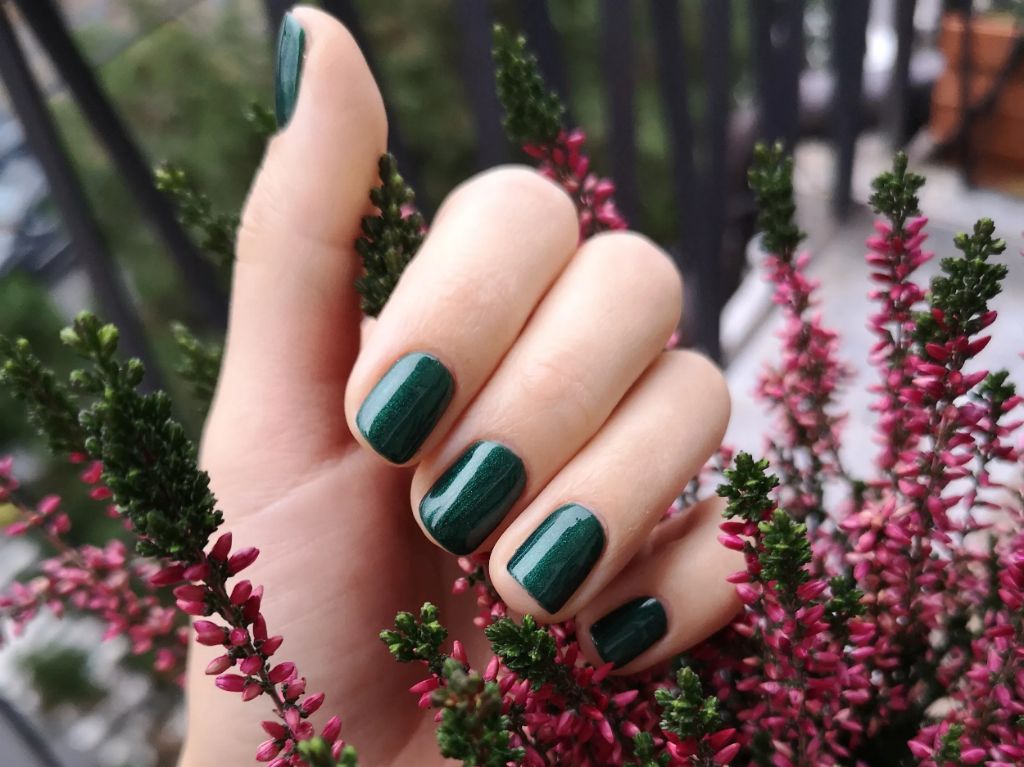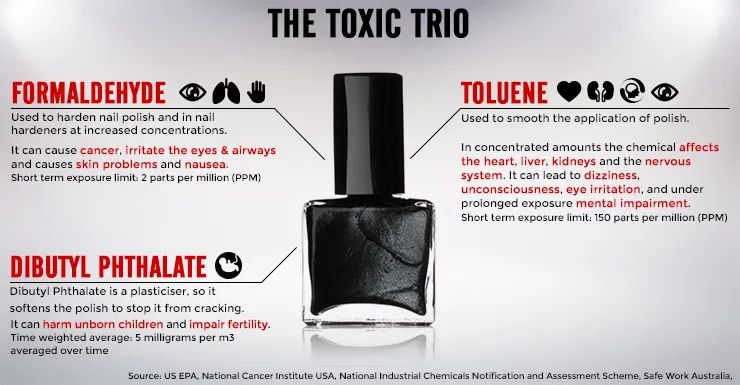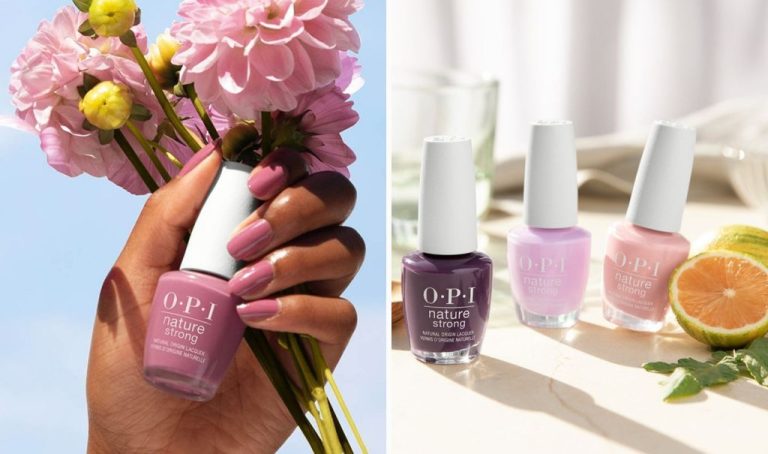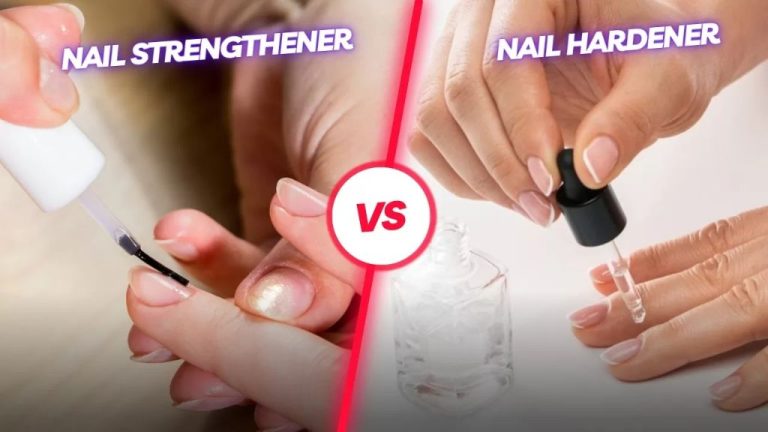Sustainable Nail Care: Eco-Friendly Products For Healthy Nails
The nail care industry has grown tremendously in recent years, with nail salons popping up in cities and towns across the globe. Gel manicures, acrylic nails, and intricate nail art have become increasingly popular beauty services. However, many conventional nail products come at a cost – to our health and the environment.
Most drugstore nail polishes are made with harsh chemicals like toluene, formaldehyde, and phthalates. Frequent use of these products can expose both nail salon workers and customers to toxins that have been linked to cancer, organ damage, and reproductive harm. Standard acrylics and gels also contain concerning ingredients and require vigorous filing and soaking in chemical removers.
Beyond health risks, many nail products take a toll on the planet through their ingredients and manufacturing. For example, acetone nail polish removers emit volatile organic compounds (VOCs) that contribute to air pollution. The acrylic powders used in dip and sculpted nails contain plastics that do not biodegrade. Overall, the nail industry generates large volumes of toxic chemical waste.
While caring for our nails shouldn’t come at the expense of wellbeing and sustainability, the good news is there are healthier natural options on the rise. Eco-friendly nail brands use plant-based ingredients and sustainable packaging to create safe, non-toxic polishes, gels, and removers. Many salons now offer “green” manicures with less drilling and reduced chemical exposure. This article explores the environmental impact of conventional nail products versus new and innovative approaches to sustainable nail care.
Toxic Chemicals in Conventional Nail Polish
Conventional nail polishes often contain a number of concerning chemicals that can be hazardous to human health and the environment. Three of the most common toxic ingredients found in traditional nail products include:
Formaldehyde – This chemical is added as a hardener and preservative. Formaldehyde is classified as a known carcinogen and has been linked to cancer by the National Cancer Institute. Exposure to formaldehyde can cause irritation of the eyes, skin, nose and throat (source).
Toluene – A solvent used to help nail polish glide on smoothly. Toluene is known to disrupt hormonal function and fetal development. It can also irritate the skin, eyes and respiratory tract (source).
Dibutyl phthalate (DBP) – Often added as a plasticizer to improve flexibility and prevent chipping. DBP is an endocrine disruptor and developmental toxicant. Exposure is linked to issues with hormone function and reproductive health (source).
Health Risks of Toxic Nail Products
Many conventional nail polishes contain concerning chemicals that can be absorbed through the skin and nails, posing potential health risks with repeated exposure over time. The main exposure route is through inhalation of vapors as nail polish is applied and dries. Some key chemicals of concern include:
Formaldehyde resin – Classified as a known human carcinogen that can cause cancer with long-term exposure according to the National Toxicology Program (Harvard Health). Formaldehyde exposure has also been linked to miscarriages and issues with fertility.
Dibutyl phthalate (DBP) – A plasticizer chemical banned from use in cosmetics in the European Union. It is an endocrine disruptor that can mimic hormones and cause developmental and reproductive damage (Non Toxic Revolution).
Toluene – A volatile organic compound (VOC) found in many conventional nail polishes. Chronic exposure to toluene vapors can cause headaches, dizziness, and damage to the nervous system, kidneys, and liver (The Cut).
Regular use of nail polishes containing these ingredients poses a health risk, especially for nail technicians with occupational exposure. Pregnant women should also take precautions to avoid exposure to harmful chemicals found in many polishes.
Environmental Impact of Nail Salons
Traditional nail salons can have a significant negative environmental impact due to the toxic chemicals used in nail products and practices. Some of the key concerns include:
Air pollution – Many nail polishes, glues, acrylics and removers contain volatile organic compounds (VOCs) that evaporate into the air during application and drying. Exposure to VOCs can cause headaches, dizziness and other health issues for workers and clients. Improper ventilation exacerbates the problem.
Water contamination – The toxic ingredients in nail products get washed down the drain and can pollute water supplies. Some ingredients like formaldehyde, toluene and dibutyl phthalate are known as “toxic trio” chemicals that are especially hazardous to aquatic life.
Salon waste – Used cotton balls, pads, foils, tips, empty bottles and other disposable items pile up quickly at nail salons. Much of this waste gets sent to landfills. More sustainable disposal systems are needed.
According to research, the average nail salon in California disposes of 11 lbs of waste per day, which adds up to about 4,000 lbs per year [1]. More eco-friendly operations and products can help reduce this environmental burden.
Rise of Eco-Friendly Nail Brands
In recent years, there has been a surge of nail polish brands focused on sustainability and non-toxic ingredients. Many mainstream polish brands contain harmful chemicals like formaldehyde, toluene, and phthalates. However, pioneering green beauty companies are offering plant-based, non-toxic alternatives that are safer for human health and the environment.
Some of the most popular eco-friendly nail polish brands include Zoya, Kure Bazaar, Karma Organic Spa, Ella + Mila, and Smith & Cult. These brands formulate polishes without harsh chemicals and toxins. They use ingredients like natural waxes, plant oils, minerals, and vitamins. Popular ingredients include vitamin E, jojoba oil, sunflower oil, and shea butter which moisturize nails. Many polishes also leave out common allergens like formaldehyde, toluene, dibutyl phthalate (DBP), formaldehyde resin, and camphor.
Sustainable packaging is another focus for green nail brands. Companies like Olive & June and Sundays use recyclable glass bottles and metal caps. Brands like Kure Bazaar have partneres with TerraCycle to recycle used bottles. Many brands avoid excess packaging waste and utilize recycled and recyclable materials.
These pioneering natural nail care companies are showing consumers and the beauty industry that it’s possible to make effective and beautiful nail polishes without relying on harsh chemicals. The rise of eco-friendly nail brands offers safer options that are gentler on human health and the environment.1

Natural Ingredients in Green Nail Polish
Green nail polish brands are replacing harmful ingredients with plant-based, non-toxic alternatives that are better for human health and the environment. Some of the natural ingredients commonly used in eco-friendly nail polishes include:
Beeswax – Made by honey bees, beeswax acts as a thickening agent and film former in nail polish. It provides a glossy finish and helps the polish go on smoothly.
Cornstarch – Derived from corn, this ingredient absorbs excess moisture and gives the polish a velvety texture. It’s used as an alternative to talc.
Citrus Oils – Oils extracted from orange, lemon or grapefruit peels work as natural solvents in nail polish, helping to distribute the pigment.
Vitamin E – An antioxidant that improves nail health and nourishment while providing sheen.
Aloe Vera – Soothes and moisturizes nails and cuticles while allowing polish to glide on easily.
Sunflower Oil – Softens nails and conditions cuticles with vitamin E and fatty acids.
Rosemary Extract – An antiseptic that helps prevent bacterial or fungal nail infections.
By using non-toxic, plant-based ingredients, eco-friendly brands are able to create effective nail polishes that skip harsh chemicals like formaldehyde, toluene and phthalates.
Sustainable Packaging and Practices
Eco-friendly nail polish brands are moving away from traditional plastic bottles and switching to more sustainable packaging options. Glass bottles made from recycled materials are becoming increasingly popular. Glass is infinitely recyclable and can be reused multiple times, unlike plastic which degrades in quality after each reuse.
Some brands like GH Plastic Manufacturing Co. are offering custom glass nail polish bottles made according to FDA standards for quality and safety. The glass bottles are topped with sustainable bamboo caps. Using glass allows brands to reduce their plastic consumption and carbon footprint.
Other sustainable practices adopted by green nail polish companies include using recycled and recyclable materials for boxes and shipping materials. Some are also opting for carbon neutral manufacturing and shipping to minimize environmental impact. For example, Rush Packaging offers custom printed nail polish boxes made from recycled materials with carbon neutral shipping.
Consumers today expect beauty and cosmetic companies to move towards more eco-friendly and sustainable packaging. With growing awareness, many nail polish brands are taking steps to make their packaging and supply chains greener.
DIY Natural Nail Polish Recipes
Making your own natural nail polish at home is easy with just a few simple household ingredients. The main base ingredients for homemade nail polish are: honey, oil, alcohol, and natural pigments.
Honey acts as an emollient to condition nails and cuticles. Oils like olive, coconut, and jojoba oil also hydrate nails. Vodka or other high-proof alcohol gives the polish a quick-drying effect. Finally, natural pigments like beet juice, cinnamon, turmeric, or herbs add tint and color.
Here are some simple DIY natural nail polish recipes to try at home:
– Honey & Olive Oil Nail Polish: Mix 2 tbsp honey with 1 tbsp olive oil. Add a pinch of turmeric or other natural pigment. Stir well and apply thinly to nails with a small brush.
– Coconut Milk Nail Polish: Blend 1/4 cup coconut milk with 1 tsp coconut oil, 10 drops essential oil, and mica powdered pigment. Shake or stir well before applying to nails.
– Beet & Vodka Polish: Grate one beetroot and strain to extract 3-4 tbsp juice. Mix with 2 tbsp vodka and apply to nails. Let dry thoroughly.
Follow recipes precisely for best results. Store homemade nail polish in an airtight container in the fridge for 2-3 weeks maximum.
Eco-Friendly Nail Salons
As consumers become more aware of the health and environmental impacts of nail salons, there has been increasing demand for eco-friendly options. Eco-friendly nail salons prioritize sustainability and use products that are free of toxic chemicals such as formaldehyde, toluene, and dibutyl phthalate. They follow green practices to reduce waste, use proper ventilation, and promote the health of technicians and customers.
Some green practices for nail salons include using LED lamps which consume less energy than UV lamps, recycling containers for nail polish remover, investing in HEPA filtration and exhaust systems, choosing low VOC paints and finishes, and sending other salon waste like foils and cotton pads to specialty recycling facilities. Many eco-friendly salons also use scratch-free pads instead of nail files and bottles made with plant-based plastic instead of single use plastics.
To reduce their footprint, some salons will go paperless and use digital consultation forms rather than paper ones. They also opt for glass containers instead of plastic for pedicure foot baths. Eco-friendly nail polish removers like acetone-free formulas are also commonly used.
There are some excellent eco-friendly nail salons like NON TOXIC NAIL SALON in Minneapolis, MN that offer non-toxic nail services in a sustainable setting.
Healthy Nail Care Habits
There are several tips and tricks for keeping your nails strong and healthy naturally:
Get enough vitamins and nutrients. A balanced diet rich in vitamins A, C, D, E, iron, and calcium promotes strong nail growth. Biotin supplements may also help strengthen brittle nails (Natural Nail Care 101: Tips for Healthy Nails).
Moisturize nails and cuticles. Keeping nails and surrounding skin hydrated prevents cracking and peeling. Massage coconut, olive, or jojoba oil into nails and cuticles daily.
Avoid excessive soaking. While an occasional soak can soften cuticles, too much water exposure can lead to dryness. Limit soaks to once or twice per week for 5-10 minutes.
Use a strengthener or hardener. An over-the-counter nail hardener applied every few days will reinforce thin or peeling nails. Look for formaldehyde-free formulas.
Trim nails regularly. Cutting nails straight across every 1-2 weeks prevents painful breaks and hangnails. Use sharp manicure scissors or clippers.
Wear gloves. Protect nails from chemicals and moisture by wearing gloves for housecleaning, dishwashing, and other wet tasks. Cotton-lined rubber gloves work best.
Avoid aggressive filing. Over-filing thin nails can worsen peeling and splitting. Use a fine emery board and file in one direction.




